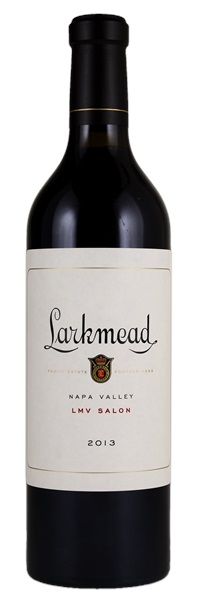Estimate

...stunning. The Cabernet Franc seems to give this wine a tremendous fragrance... cedar wood, underbrush, forest floor & spring flowers along with creme de cassis & black cherries. With a full body, ripe texture & moderately high tannins...
Sweet floral notes, spice, mocha, new leather and mint are some of the signatures in this vivid, exceptionally beautiful wine.
Amazing aromas of blackberry, wet tobacco, pistachio and wet bark. Full body with velvety and chewy tannins that are polished and reserved. Long and savory finish.
Broad and intense, this is rounded at the edges, with caressing tannins that join in rather than challenge. Built for short-term cellaring, as the blackberry, currant, mocha, licorice and dried herb notes are long and persistent.